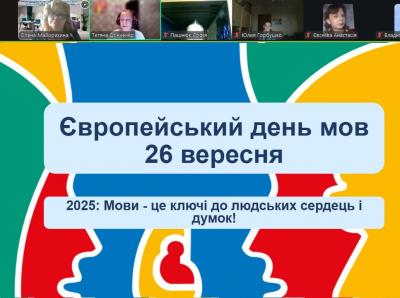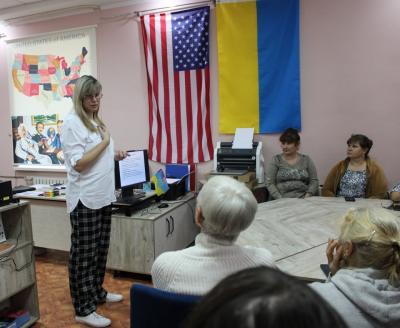Medicine: history, and people
Systems and Schools of Medicine
The first doctors to write down specific instructions for treating different types of illness and injuries came from the earliest civilizations in Egypt and Mesopotamia. Because the cause of illness was a great mystery, these early medical systems relied heavily on religion and magic for cures. Along with prayers and chants, the early physicians recorded surgical treatments for injuries, boils, and skin cancers. Rarely, however, did any primitive surgeon dare to cut very deeply into the body. Nevertheless, one of the earliest surgical operations was trephining, cutting out small pieces of the skull. Anthropologists have seen evidence of trephining in skulls found all over the world. They think that prehistoric people used trephining to release spirits believed to cause headaches, mental disorders, or epilepsy.
The first people to look for natural, rather than supernatural, causes of disease were the ancient Greeks. The most renowned of these Greek physicians was Hippocrates, credited with writing many medical texts and with calling upon physicians to uphold high moral and ethical standards. Hippocrates believed that illness resulted from imbalances in substances called humors. In his view, the most important role of a physician was to prevent illness by keeping the humors in balance. The way to do this was by bleeding— opening a vein in the patient's arm and removing blood—or by purging—giving doses of powerful laxatives or drugs that cause vomiting.
Although the Hippocratic system was the most influential in Greek medicine, alternative systems sprang up. One system held that illness resulted from disordered atoms in the body and could be cured by exercise, massage, and baths. Another blamed improper breathing for illnesses. Yet another school of medical thought, called "eclectic," advocated picking and choosing from among the best of Hippocratic and alternative treatments.
Into this situation came Galen, a physician born in Greece and made famous in Rome. He lived between a.d. 129 and 199, but he influenced medicine and treatment until the 1800s. His thinking was brilliant—even though we now know that much of it was wrong. He came from the eclectic tradition, but developed a system of medicine based mainly on the teaching of Hippocrates. He explained the workings of the human body in a complex but very rational way that combined the balance of four humors—substances that he thought circulated in the blood—with breathing, environmental factors, diet, and digestion. He believed it was better to prevent illness than to try and cure it. When treatment was necessary, he prescribed bleeding, purging, and diuretics, substances that increase the flow of urine.
There were no major discoveries in medicine in Europe during the early Middle Ages, but Arab physicians continued to make progress from the ninth through the eleventh centuries, describing measles, meningitis, tetanus, and smallpox. An Arab physician, Avicenna, wrote the Canon of Medicine, a medical encyclopedia that summed up all the medical knowledge of the time. Christian crusaders to the Holy Land brought Avicenna's work back to Europe, where it influenced medicine for the next 600 years.
The first major challenge to the humoral theory of medicine came from a Swiss alchemist and physician named Paracelsus, who lived from about 1493 to 1541. He believed that each illness had a specific cause outside the body. He also was the first to try treating illness with chemicals, such as arsenic, iron, mercury, and sulphur.
At the same time, Flemish physician Andreas Vesalius (1514-1564) began making careful dissections of dead bodies—a practice forbidden by the church—and made important contributions to the knowledge of human anatomy with his book On the Structure of the Human Body. The Renaissance and the establishment of scientific medicine was underway. In 1628, English physician William Harvey published a book documenting his discovery of the circulation of the blood and the action of the heart as a pump. During the 1700s and 1800s, instruments were invented to measure body temperature, see microscopic organisms, and listen to heartbeats.
There were few improvements, however, in the actual treatments for disease. The regular medical system, called allopathy, offered "heroic" treatments to restore balance to the humors in the body. These treatments were truly horrible and no doubt caused many deaths. In fact, repeated bleedings may have contributed to the death of George Washington after he fell ill with what was probably strep throat.
In addition to razors for opening veins, the regular doctor's bag included leeches for drawing blood from specific areas of the body; emetics to cause vomiting; enemas and laxatives; devices for causing blisters on the skin; patches to plaster on various body parts; and powerful addictive drugs based on opium for relieving pain and nervous tension.
In reaction to these terrible treatments, alternative, or irregular, systems of medicine came into being. One of the most popular was homeopathy, developed by German physician Samuel Hahnemann in the late 1700s. This system was based on the notion that "like cures like;" that is, the way to treat an illness is with a substance that produces the same effect as the disease. A homeopathic treatment for an itchy rash, for example, might be made from a plant that causes an itchy rash. Homeopathic remedies often contain poisons, but they are diluted so much that almost nothing of the poison remains. Hahnemann believed that the more diluted a drug was the more powerful it became.
Other systems included hydropathy (water cures), osteopathy (a holistic system), and chiropractic (based on proper alignment of bones and muscles). The eclectic system drew what seemed to be the best treatments from all the competing systems. The followers of each medical system established their own medical schools. The irregular schools were the first to admit women.
In the mid-1800s, great discoveries were made that revolutionized regular, allopathic medicine. Anesthesia allowed doctors to perform ever more complex operations. The knowledge that germs cause disease led to sterile surgical techniques that greatly reduced deadly infections. Specific germs were identified as the causes of specific diseases. By the 1940s, antibiotics and other drugs had been developed to treat bacterial infections. Vaccines wiped out one infectious threat after another. Miraculous operations were developed to cure heart ailments, to transplant organs, and to treat diseases of the brain. By the 1990s, a new revolution, based on genetics, was occurring in medicine. Genes responsible for hereditary illnesses were being identified, and effective treatments for genetic diseases were within the realm of possibility. Damage to genetic material was identified as the underlying cause of some diseases, including cancer.
Even though regular medicine became more successful at treating specific ills, patients became more dissatisfied with regular medicine. In the 1990s, large numbers of people were once again turning to alternative medicine. Social commentators offered a variety of explanations. Perhaps people's expectations of medical miracles were just too high; if an illness could not be cured easily by conventional medicine, they turned to the promise of alternatives. Some people did not like what they regarded as highly invasive treatments—such as inserting balloons through arteries to clear them of blockages.
Other critics believed that medical practice had become too specialized. Many doctors were treating only the illness without regard to the entire person. As a result, a trend toward "holistic" medicine developed. Many medical doctors now believe that it is important to consider every aspect of a person's life in order to treat effectively—but more importantly to prevent—the development of disease.
Women Healers in Ancient Times.
More detailed information can be found in the "Extraordinary Women of Medicine" Darlene R.Stille, and issued by The Children's Press in the USA.
Information should be used just for educational purposes.










